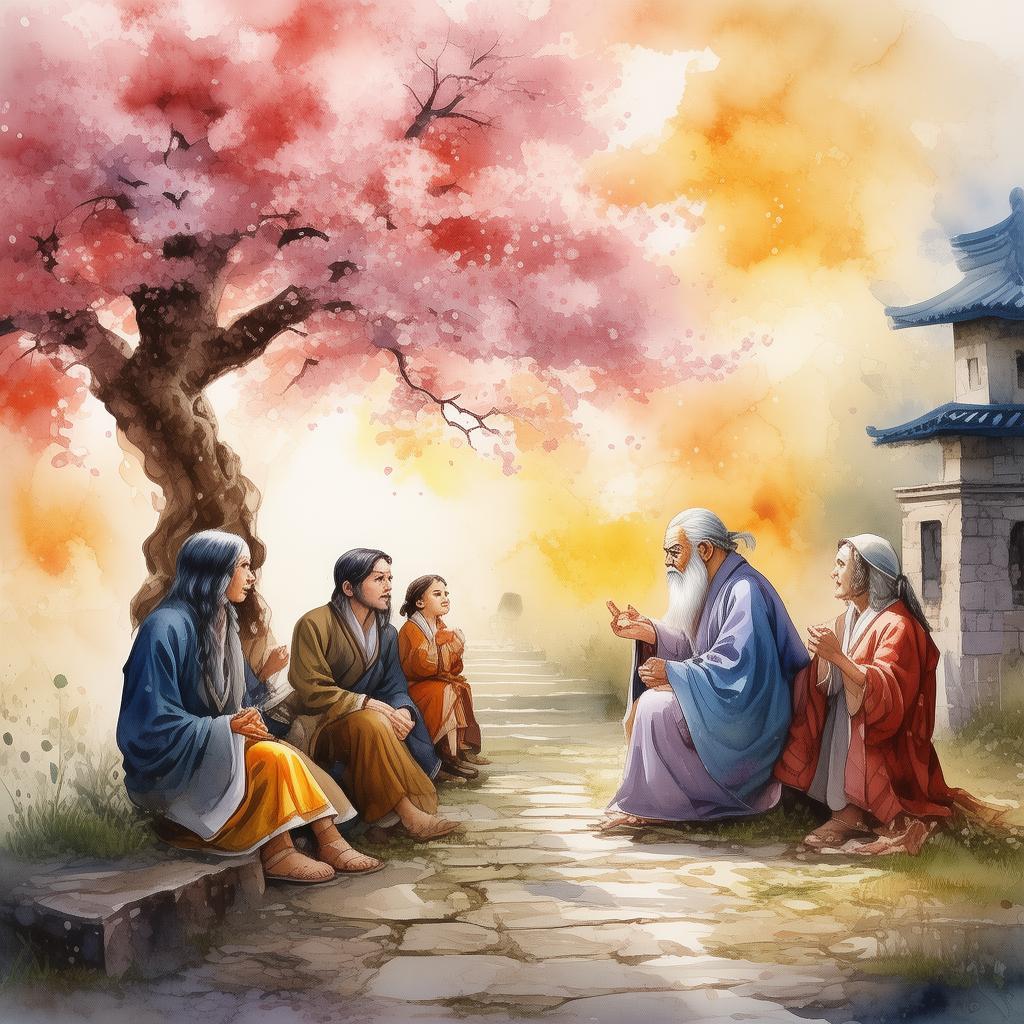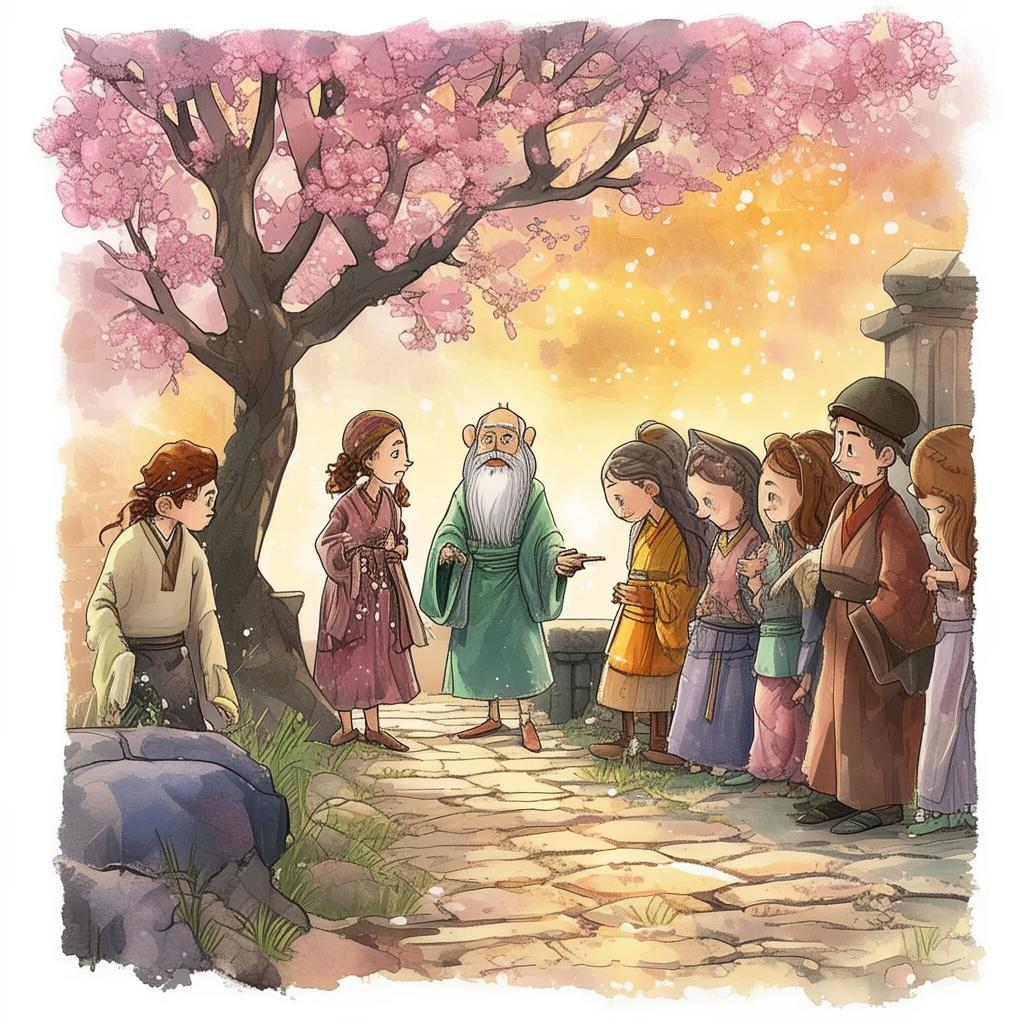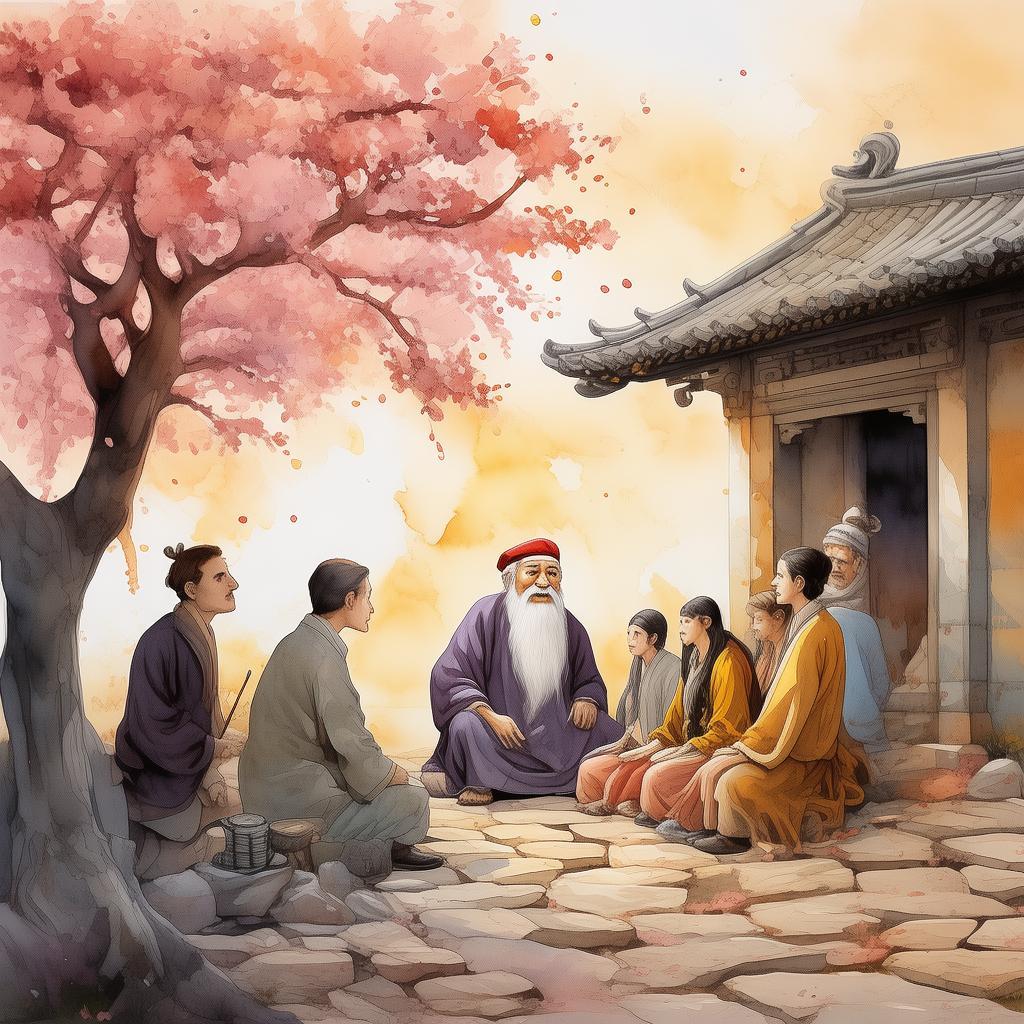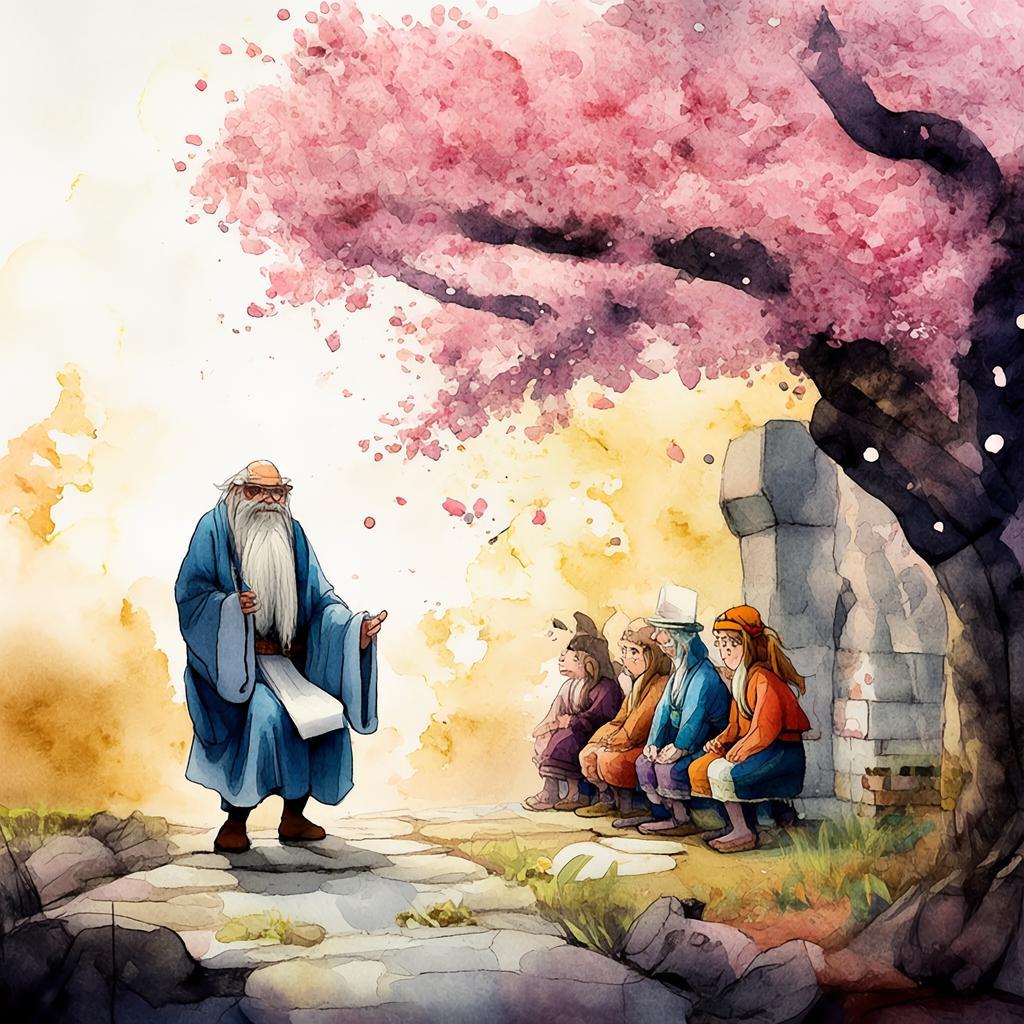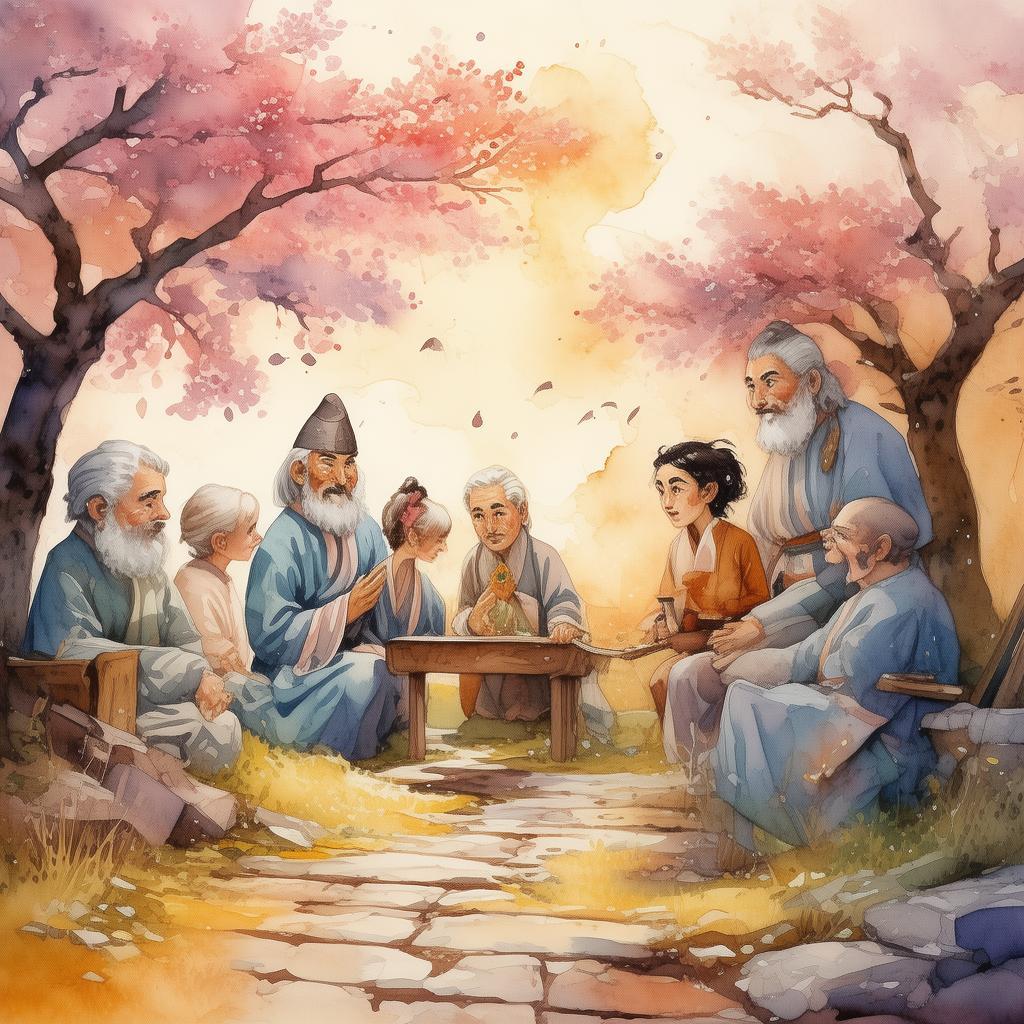The Master Builder's Secret
In the heart of ancient China, nestled between rolling hills and the whispering river, there stood a quaint village known for its craftsmanship and architectural marvels. The villagers spoke of the legendary Master Builder, who had the uncanny ability to weave the essence of the natural world into his creations. His buildings were not merely shelters; they were living testimonials to the harmony between man and nature.
The Master Builder, named Li, was known far and wide for his unique architectural style. His hands had shaped homes that seemed to breathe, temples that whispered secrets, and bridges that seemed to dance with the wind. Li's work was imbued with a spirit that spoke to the soul, and it was said that even the stones he used would come alive under his touch.
As the story goes, Li was born with a rare gift, a gift that was not just in his hands but in his heart. It was a gift that allowed him to see the world through the eyes of the ancient Chinese proverb: "The wise builder builds not only buildings but also the future of his people."
One fateful day, as Li was working on a new project, a mysterious scroll was delivered to him. It was a scroll wrapped in silk, its edges slightly charred, as if it had been carried through flames. The scroll bore no signature, but the words were written in an ancient script, a script that Li recognized from his studies.

The scroll spoke of a secret, an architectural secret that had been passed down through generations of master builders. It was said to be the key to creating structures that were not just solid but also harmonious with the natural elements. The secret was known as "The Whispering Wind," a technique that allowed the wind to flow through the buildings, speaking in the language of the ancient sages.
Li was intrigued, but he was also cautious. The secret was too powerful, too dangerous to fall into the wrong hands. He decided to study the scroll meticulously, to understand the intricacies of the technique. Days turned into weeks, and weeks into months, as Li delved deeper into the scroll's cryptic messages.
As he learned more, Li began to notice changes in his own work. His buildings were no longer just structures; they were alive with purpose. The wind seemed to dance through the hallways, the light played off the walls in a way that was both beautiful and serene. Li could feel the ancient builders' spirits guiding his hands, their wisdom flowing through his veins.
But with this newfound power came a challenge. The villagers began to notice the changes, and whispers of envy and jealousy began to spread. Some feared that Li's buildings were not of this world, that they were a harbinger of doom. The villagers' fear was palpable, and it threatened to tear the community apart.
Li knew he had to find a way to protect his secret and his village. He decided to create a final, masterpiece that would embody the essence of "The Whispering Wind" and at the same time, bridge the gap between his craft and the villagers' fears.
The masterpiece was a temple, a temple that would stand as a testament to the harmony between man and nature. Li worked tirelessly, his hands moving with a grace that seemed to be guided by the very wind he sought to capture. As the temple took shape, the villagers began to gather, their curiosity piqued by the rumors and the changes in Li's demeanor.
The day of the temple's dedication arrived, and the village was abuzz with anticipation. Li stood before the crowd, his heart pounding with a mix of fear and excitement. As he opened the temple's doors, a gentle breeze entered, carrying with it the sound of rustling leaves and the whispers of the ancient sages.
The villagers gasped as they saw the temple's walls shimmering with light, the air filled with a sense of peace and tranquility. The master builder had achieved what he set out to do; he had created a structure that was not just a place of worship but a living, breathing entity that spoke to the soul.
In that moment, the villagers realized that Li's gift was not a threat but a gift to be cherished. They understood that the true power of architecture lay not in the bricks and stones but in the harmony it could create between people and the world around them.
The Master Builder's Secret had been revealed, not just to him but to the entire village. And as the wind continued to whisper through the temple's halls, the villagers knew that their lives would never be the same.
In the end, Li's legacy was not just in the buildings he left behind but in the harmony he had brought to his village. And as for the secret, "The Whispering Wind," it remained a mystery, a whisper that would continue to guide future generations of builders, reminding them that the art of architecture is not just about creating structures but about creating a better world.
✨ Original Statement ✨
All articles published on this website (including but not limited to text, images, videos, and other content) are original or authorized for reposting and are protected by relevant laws. Without the explicit written permission of this website, no individual or organization may copy, modify, repost, or use the content for commercial purposes.
If you need to quote or cooperate, please contact this site for authorization. We reserve the right to pursue legal responsibility for any unauthorized use.
Hereby declared.
